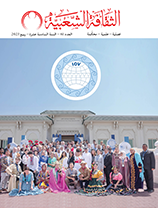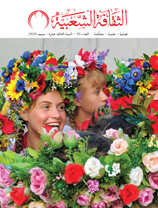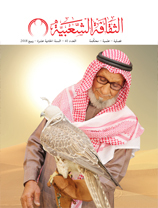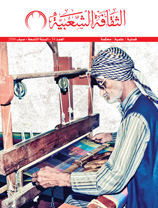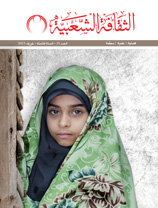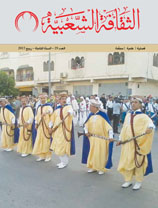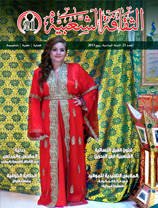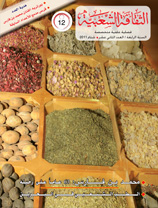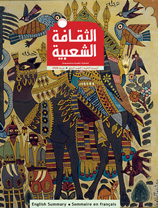Folk Culture: A Source of Inspiration for Creative Works in the Gulf and the Arab Peninsula
Issue 4

Ali Abdulla Khalifa
The literary and artistic works, such as One Thousand Nights and One, Sandibad , Ali Baba, Al- Wasiti drawings, etc. that reflect the spirit of the East have earned the admiration of Persian, German, French and Spanish intellectuals who translated them into their languages derived from the Arab culture. As a matter of fact, we cannot foresee a promising prospect for employing folk culture in modern artistic words while it is laid outside the realm of accumulative knowledge which lays the foundation of the new generation’s intellectuality. Utilizing folk culture in artistic works has been considerably receding in the Gulf and Peninsula region in the last decade, except for some commercially produced TV series that are broadcast in Ramadan and which usually mutilate folk culture. During the past ten years, one cannot remember a single work that has employed folk culture in a functional way. It follows that we cannot blame the Internet generation for being isolated form their folk culture if a specialized website that introduces well-documented oral folk material is still nonexistent while varied cultural works of other nations are available. Nor can we blame the new generation of literary figures for ignoring folk culture in their works.
No doubt that folk culture can be an inspirational source for creative words. This source helps merge the ‘ego’ and the ‘us’ together so they become a collective self which gives birth to innovative works in which the rhythm is shared by both the creator and the collective self, which is a collective rather than an individual experience. On the one hand, this inspiration charges the product with a immense imaginary energy that enables it to mesh place and time together with folk culture. On the other, it neutralizes the power of individuality.
Inspiration is not a spontaneous entity; rather, it is based on intelligence and common sense and awareness of artistic traditions. The creator here does not draw only on his/ her intuition, but s/he first receives and then learns. Afterwards, s/he mixes what s/he has learned to produce a creative piece of art, an unprecedented picture that reflects his/her true nature, spirit and mood. The sources of inspiration can be traced back in the roots and social components of the cultural product, and the way it has evolved into a distinctive piece of art. It then becomes an allegory that parallels the inspirational activity itself. This shows how folk culture can contribute to this creation and to generating new innovative forms of art. Man’s relationship with the sea has had great bearing on creating innovative works of art in the gulf. The ‘pearl’ society came to light in the maritime sector to form an important aspect of the culture of the region. Due to its historical significance, poetry was the first form of art till the 1960s. The total picture was rosy and romantic. It portrays the sail, the waves, and the strong dark arms of the ‘Sandibad’s sons’ during their journey to the unknown, diving for pearls in order to secure some spices from faraway places! However, this outside frame of the picture is claimed to have been shattered upon the appearance of three works of art: Sailor’s Memoirs, Yawns of the Sail Post, and Enough Sea.
The three works were inspired by the traditions, customs and life of seamen and pearl diving.











